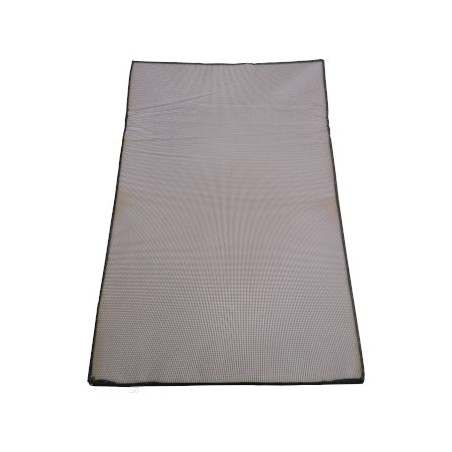May ends after four consecutive rises in price. The upward trend is undeniable even though the price is already intrinsically high.
The activity disturbances due to the Easter holidays caused delays on the farms that had to be reabsorbed. Once this reabsorption was carried out and with the return to normality by early May, the market senses that summer is near and starts its firm ascent like every year.

The rises before Easter were stunning. Once Easter arrived, the activity slowed down due to the holidays and the repetitions in price started. These repetitions in the liveweight price and the bad weather allowed for readjustments in the price of some cuts, and the bad weather in the North of Europe (there has been more rain than usual in May) has not helped to support the high prices of the cuts used for barbecues, and the pressure on demand has decreased. A piece of information that is vox populi: only in Germany, the difference in the consumption of pork butt between a rainy or a sunny weekend in May reaches more than 800 tonnes (obviously, the consumption is lower if there is rain and higher if there is sun).
The German market, that once was the undeniable leader in the EU, now sees how Spain competes for the supremacy. They are two very similar markets, but with very different logics. Spain is more than self-sufficient and has clear growth expectations, and on the other hand, Germany defends its slaughtering figures by importing and increasing number of live pigs from its neighbouring countries.
China is still buying, but with a great moderation: prices are not improving and the amounts are more cautious than a couple of months ago, when there was a an almost delirious euphoria. Everything is calmer now, and there are even indications of the vanishing of ASF in some producing regions.
Whatever the case, we are exceeding €1.41/kg liveweight, and summer has not started yet. There are almost no stocks, apart from the strictly structural ones. Spain slaughters as many pigs as offered, but it does not look for pigs where there are none. A good tailwind makes the price grow insistently.
The average carcass weight in the last week of May exceed that in the same week in 2018 by 1 kg. The accumulated slaughterings from January until now are greater than in 2018, but only by a mere 0.90%. So far, it is the most modest increase in the last five years, but an increase after all. Everything is very similar and there are no spectacular data, but they all point stubbornly towards an expansion.
In June we will see four market sessions with great fights and an intense hard bargaining. The production sector will try to take advantage of the weather to up the ante as most as possible, and the abattoirs will defend their positions with their back against the wall, being conscious of the difficulty of passing on the increases to the price of pork (whilst China does not make a movement). The price will rise, probably even firmly, but we do not know what figures it will reach.
Like Einstein said: “Every day we know more and understand less.”
Guillem Burset







